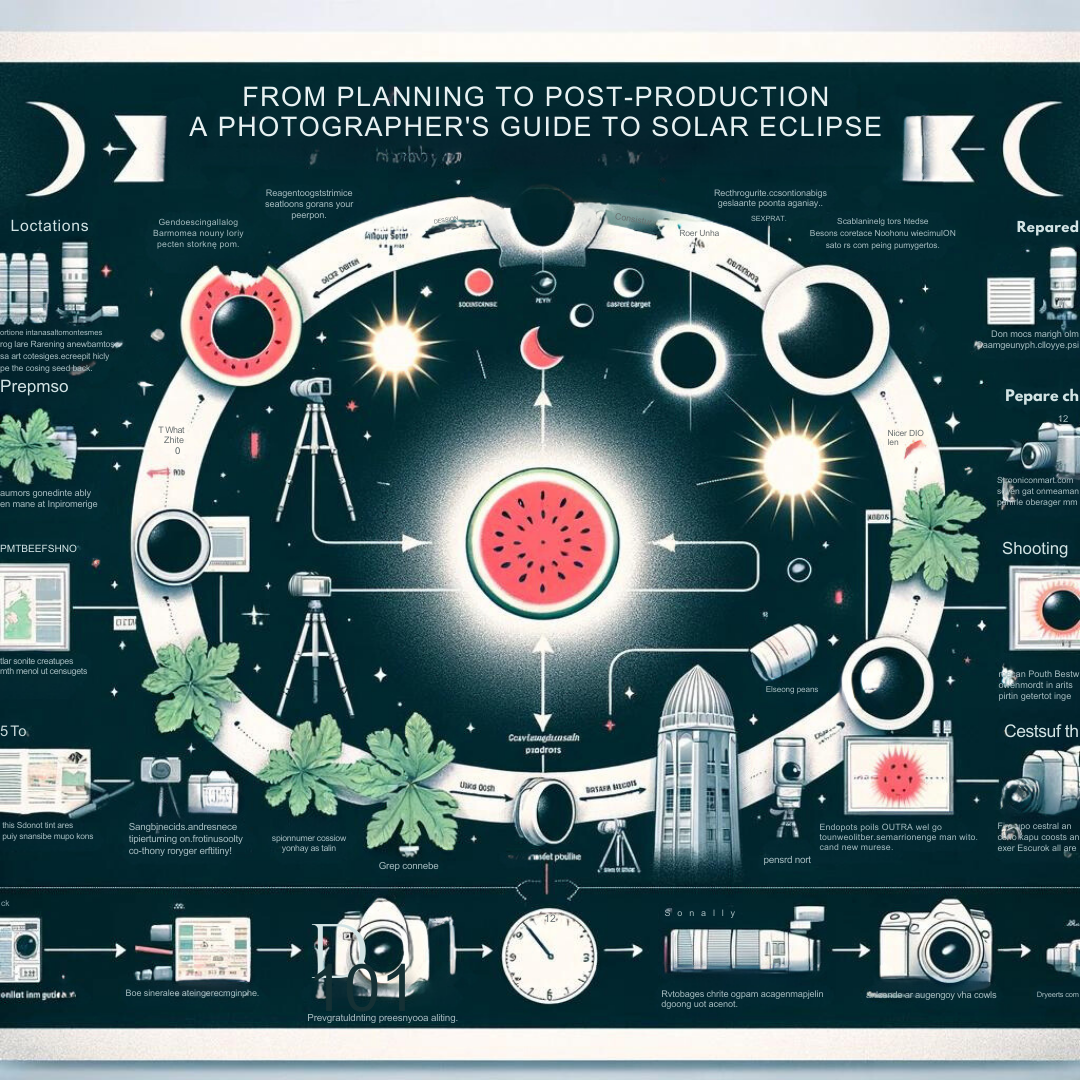
For photographers, getting to capture the perfect solar eclipse is a once-in-a-lifetime event. To make sure you get the most from your experience, it’s important to start planning your photography project well in advance of the eclipse. Whether you’re a professional photographer looking to take more cinematic shots or an amateur photographer looking to capture the experience for posterity, there are a few steps everyone should consider when it comes to planning and executing photography during a solar eclipse.
Understanding the Solar Eclipse
The first step to capturing the perfect images during a solar eclipse is to fully understand what a solar eclipse is and how it unfolds. A solar eclipse occurs when the moon moves between the sun and the earth, casting a shadow on the earth. There are three different types of solar eclipses: total, partial, and annular. During a total solar eclipse, the moon completely covers the sun and blocks out all light. A partial solar eclipse occurs when the moon only partially blocks the sun. An annular solar eclipse is when the moon is furthest from the Earth and appears much smaller than the solar disk.
Get Your Gear Ready
It’s important to get all of your photography gear ready well in advance of the eclipse. Make sure that your tripod, camera, lenses, filters, and memory cards are all in good condition and ready to go. It’s also a good idea to make sure that your camera’s battery is fully charged and that you have a few extra batteries on hand for the long day ahead. Consider using a tripod and a remote shutter release to help stabilize your shots and to make sure that your camera is focused correctly. A decent telephoto lens will help you capture close-ups of the sun, as well as other objects in the sky.
Pick the Right Location and Time
You’ll want to pick the right location to shoot the eclipse, as well as the right time to start. It’s important to plan the location in advance in order to avoid any last-minute panic. Look for a location that gives you a clear view of the sky and is a good distance away from tall buildings and other obstacles. The best time to start your photography during a solar eclipse is when the eclipse first begins, which in most cases is usually around the time of the moon’s first contact with the sun. It’s also a good idea to make sure that the weather forecast is good in order to avoid any interruptions in your photography.
Photographing the Solar Eclipse
Once you’re in position and ready to take photographs, the first thing to remember is that you should never look directly into the sun or through your camera’s viewfinder when shooting a solar eclipse. Make sure that you use a solar filter to protect both your eyes and your camera’s sensor from the intense light. When using a telephoto lens, you’ll also want to use the camera’s lens hood to help block out any stray light and lens flare. Use a tripod and a remote shutter release to help stabilize your shots and to make sure that your camera is focused correctly.
During the eclipse itself, it’s important to not overexpose your shots due to the extreme brightness of the sun. Use a low ISO and a fast shutter speed to capture the sun without overexposing your photos. You’ll also have to account for the earth’s slight rotation, so make sure you’re taking continuous shots to capture the full event. Finally, make sure to enjoy the experience But remember to stay focused and keep an eye on your camera and settings as well.
Post-Production Tips
When the solar eclipse is over and you’ve captured all of your shots, use post-production software such as Adobe Lightroom or Photoshop to make any necessary adjustments. Pay attention to the contrast, saturation, and sharpness of your images to help them come alive. You may also wish to use a program such as StarStaX to stack your photos and create a time-lapse video of the event. You can also use the program to create an image that combines all of your individual photos into a single photo.
Conclusion
Capturing a solar eclipse with amazing photography can be a rewarding experience for anyone. Planning and executing your photography project is the key to success. Make sure to have all of your gear ready well in advance, pick the right location and time to shoot, use a solar filter, and use post-production software to make the most of your images. Good luck, and happy shooting!
